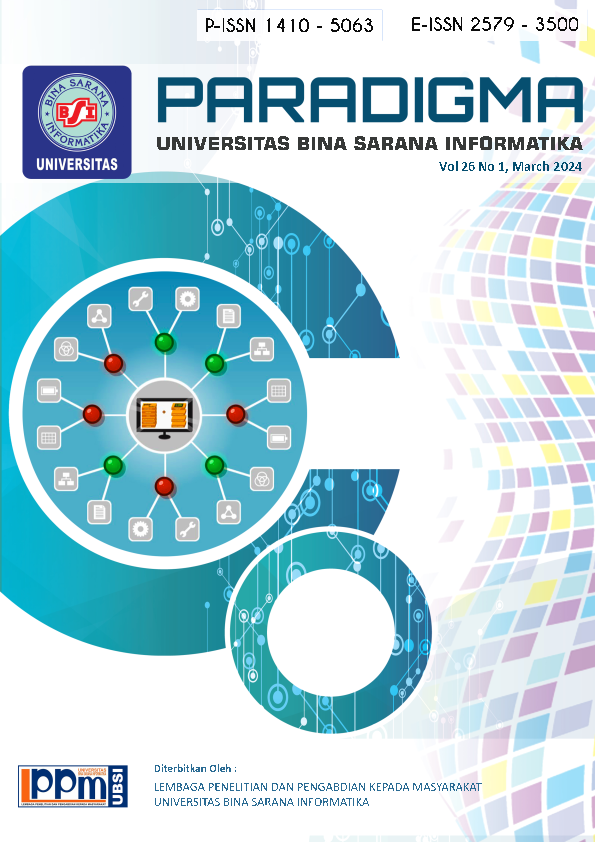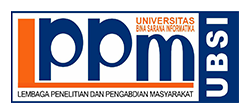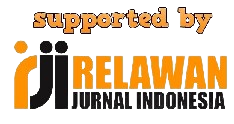User Centered Design in Analysis and Design of UI UX in the Simpeg Application of Dharmais Cancer Hospital
DOI:
https://doi.org/10.31294/p.v26i1.3181Keywords:
Employee Informastion System (SIMPEG), UI /UX Using User Centered , Design (UCD) MethodAbstract
Dharmais Cancer Hospital as a health service facility that is experienced in its field, of course, has human resources which are important, so to support employee performance in terms of employee rights such as employee leave, media is needed that really supports employee needs. Through the employee support system, namely the Employee Information System (SIMPEG) application, several problems were found in terms of appearance and the proposal process as well as the leave recapitulation process which did not exist in the previous SIMPEG application. From the problems found in the Personnel Information System (SIMPEG), a User Centered Design (UCD) method is offered which places the Personnel Information System (SIMPEG) users as the main consideration for building a new system. In the design process there are three steps that are carried out starting from the initial stage, the development stage and the final stage, where at the initial stage testing is carried out using a questionnaire, the average result is 53 which means OK but still low or not good, after the development of the system is carried out and the distribution of questionnaires was carried out again, the results were 71, which means Good. With the design of a Personnel Information System (SIMPEG) using the User Centered Design (UCD) method, it produces a new User Interface (UI) and User Experience (UX) design for the Personnel Information System (SIMPEG), which consists of a forgot password menu feature, leave recap and display easier to use for employees.
Downloads
Published
How to Cite
Issue
Section
License
Copyright (c) 2024 Normah, Bakhtiar Rifai, Fani Nurona Cahya, Pratiwi Indah Widiastuti

This work is licensed under a Creative Commons Attribution-ShareAlike 4.0 International License.
Paradigma is an open-access article distributed under the terms of the Creative Commons Attribution-ShareAlike 4.0 International License (https://creativecommons.org/licenses/by-sa/4.0/) , This license permits: Share — copy and redistribute the material in any medium or format for any purpose, even commercially, Adapt — remix, transform, and build upon the material for any purpose, even commercially.




















 Jl. Kramat Raya No.98, Kwitang, Kec. Senen, Kota Jakarta Pusat, DKI Jakarta 10450
Jl. Kramat Raya No.98, Kwitang, Kec. Senen, Kota Jakarta Pusat, DKI Jakarta 10450
